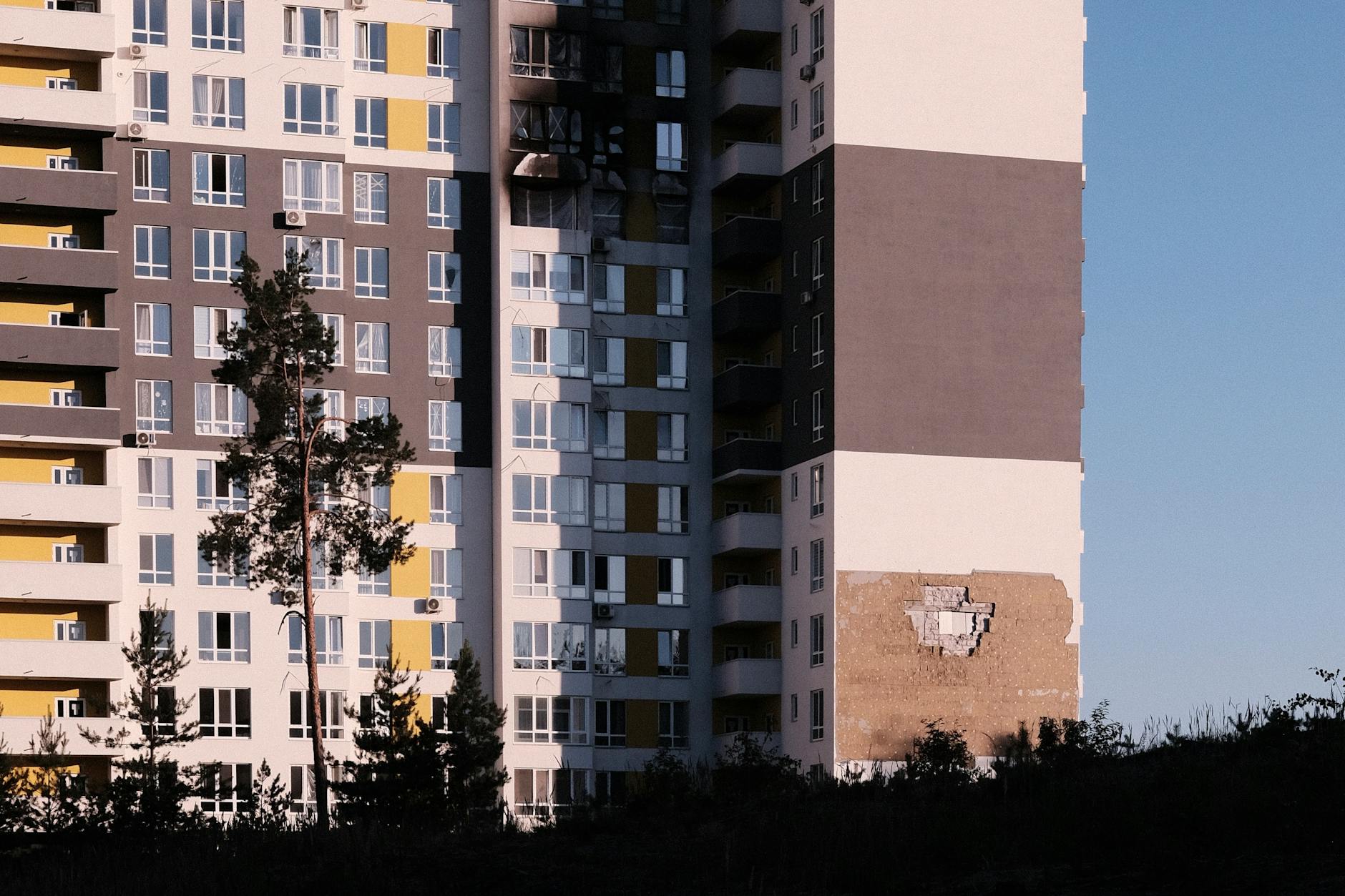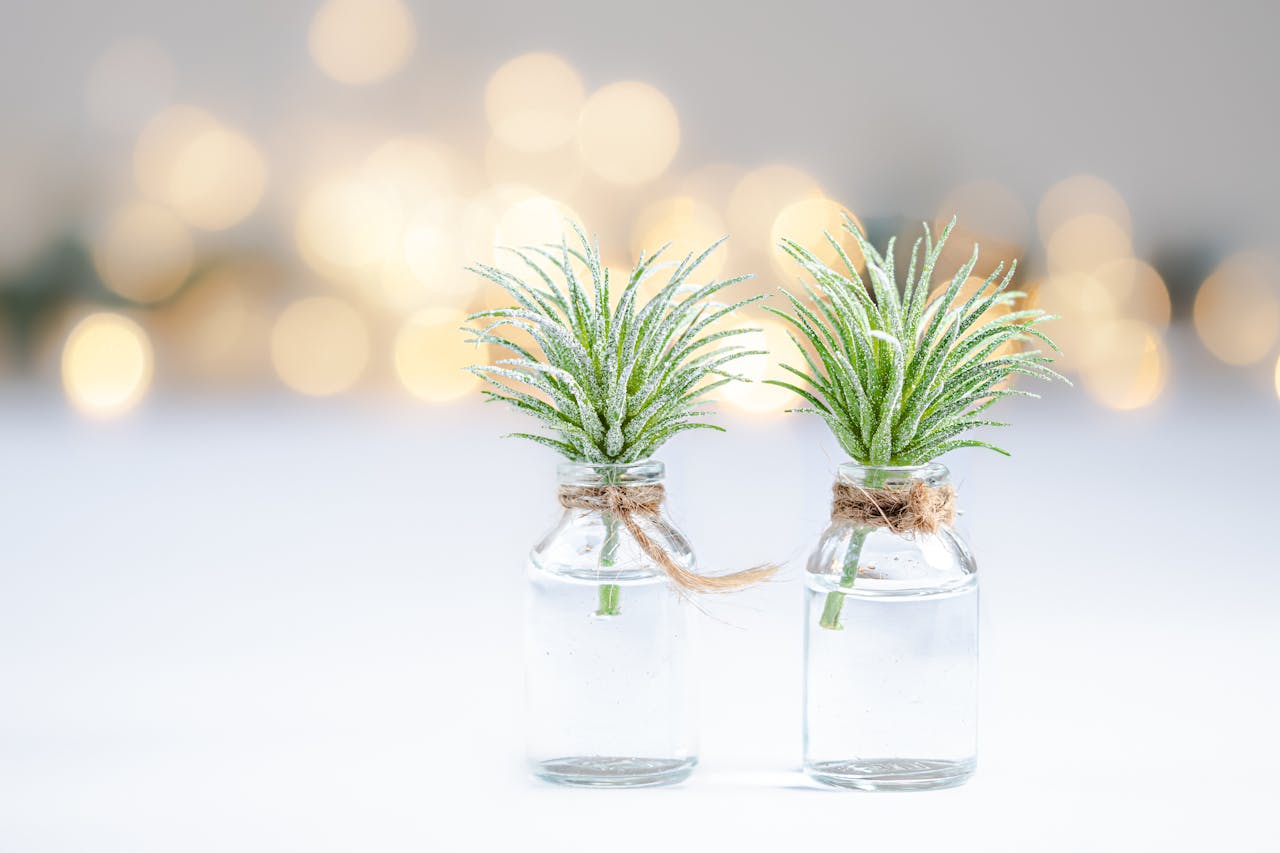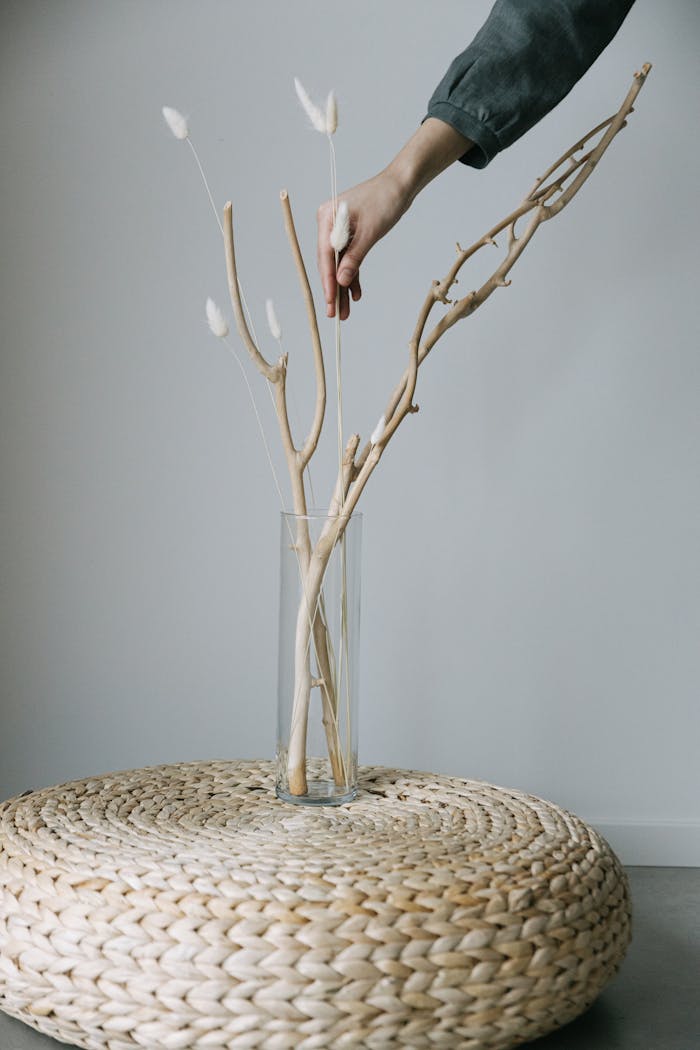Artificial grass has become a popular choice for those looking to enjoy the look of a lush green lawn without the hassle of constant maintenance. However, like any outdoor surface, artificial grass can sometimes fall victim to damage from various factors such as heavy foot traffic, extreme weather conditions, or even pets. If your artificial grass has seen better days and is in need of some quick fixes to restore its appearance, fret not! There are several effortless solutions that can help repair the damage and have your artificial grass looking as good as new in no time.
Identifying the Damage
Before jumping into repair solutions, it is essential to first identify the type of damage your artificial grass has suffered. Common forms of damage include matting, tears, burns, and discoloration. Once you have determined the nature of the damage, you can then proceed with the appropriate repair method.
Matting
Matting occurs when the artificial grass fibers become flattened and lose their upright position, giving the lawn a worn-out appearance. To fix matting, simply use a stiff bristle brush to fluff up the fibers. Brush against the grain of the grass to lift the flattened fibers and restore the natural look of the lawn.
Tears and Rips
Tears and rips in artificial grass can be unsightly and pose a tripping hazard. To repair minor tears, use a specialized adhesive designed for artificial grass. Gently apply the adhesive to the tear and press the edges together to seal the gap. For larger tears, it may be necessary to replace the damaged section of the turf entirely.
Burns
Burn marks on artificial grass can be caused by hot objects such as grills or cigarettes. To repair burn marks, cut out the damaged area in a clean, straight line. Cut a matching piece of artificial grass from an inconspicuous area, such as under furniture, and insert it into the cutout section. Secure the patch in place with adhesive, ensuring the fibers align seamlessly with the surrounding grass.
Discoloration
Discoloration on artificial grass can be caused by various factors, including exposure to chemicals or prolonged sunlight. To restore the color of your turf, consider using a specialized artificial grass cleaner. Follow the manufacturer’s instructions for application and allow the cleaner to soak into the grass before rinsing thoroughly with water.
Preventative Measures
To prevent future damage to your artificial grass, consider implementing some preventative measures. Place mats at entry points to reduce the amount of debris and dirt being tracked onto the lawn. Avoid placing hot objects directly on the grass surface, and keep pet waste cleaned up promptly to prevent staining and odors.
In conclusion, repairing damaged artificial grass doesn’t have to be a daunting task. By identifying the type of damage and utilizing the appropriate repair methods, you can easily restore the beauty and functionality of your artificial lawn. With a bit of effort and the right tools, your artificial grass can continue to provide a vibrant and low-maintenance outdoor space for years to come.


